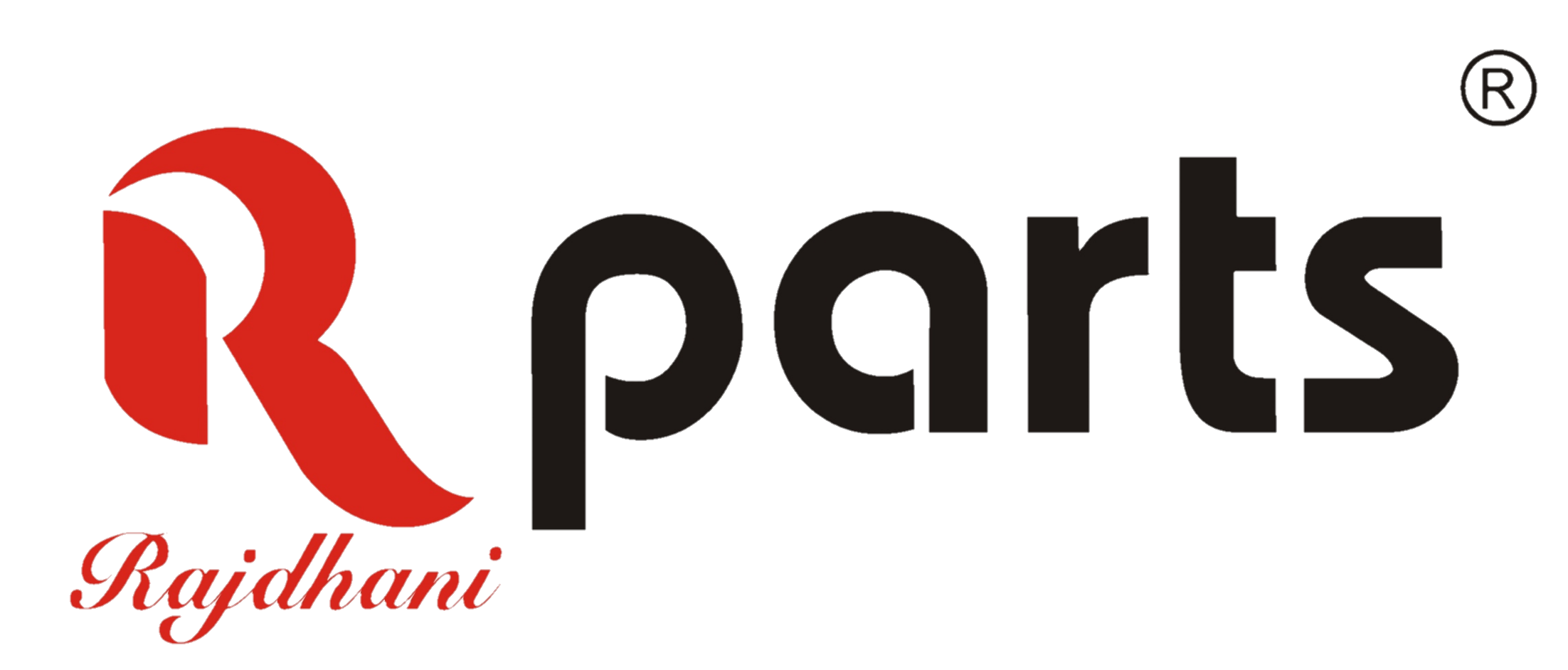Rajdhani udaipiur aims to become a preferred Global Player in the business of supplying Fluid conveyance systems to our PARTNERS Industrial Fluid Systems
Develop in Niche Market of Life Sciences, Aerospace and Defense Fluid Conveyance Systems
Consolidate the leadership position in India and accelerate the growth in Global Markets
Whether it is one hose assembly from an over the counter request or a written work order for multiple hose assemblies from an OEM, it is recommended that the components to be assembled be verified against the requirements of the fabrication order.
When establishing proper hose length, motion absorption, hose length changes due to pressure, as well as hose and machine tolerances must be considered.
Unless otherwise specified by the customer, the assembly’s overall length is measured from the extreme end of one fitting to the extreme end of the other;except for the O-ring face seal fittings which shall be measured from the sealingface. Where elbow fittings are used, the measurement shall be to the centerline of the sealing surface of the elbow end. For double elbow assemblies, it is imperative that the method of description and measurement provide the desired displacement rather than its mirror image. To achieve this, either end may be selected as the reference point, provided angle displacement is determined appropriately (clockwise or counterclockwise) for the reference selected.
Displacement angle may have any value up to 360 degrees. Please note that making the angle determination in the wrong direction will result in an unacceptable part.
Cleanliness:
Contaminated oil will reduce the service life of hydraulic systems. Therefore, hose cleanliness is an important part of the fabrication of a hydraulic hose assembly. If contamination is left in the hose after cutting, it is very likely that these particles will work their way into the hydraulic system. Always clean the hose after cutting. The three methods of specifying cleanliness are:
- Gravimetric analysis (reference ISO 4405)
- Particle counting (reference ISO 4406)
- Maximum particle size (reference ISO 4407)
Customer requirements and the specific application will dictate the required cleanliness level. Finished hose assemblies should be capped immediately to maintain the specified cleanliness level until the assembly is installed.
